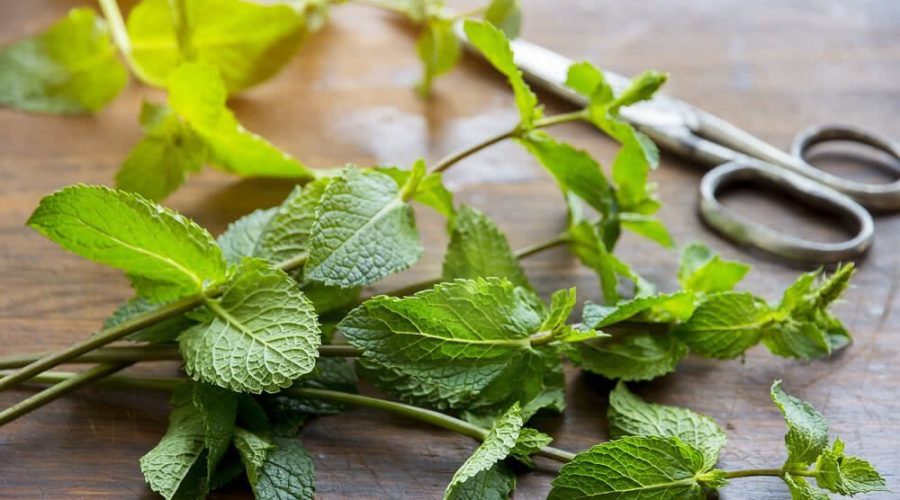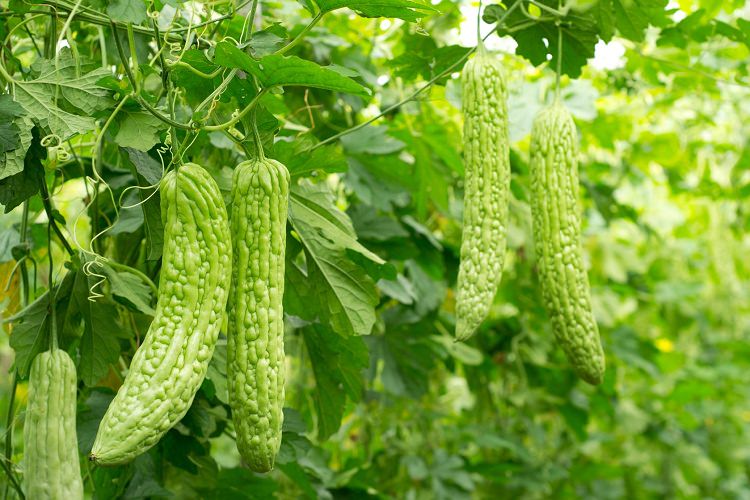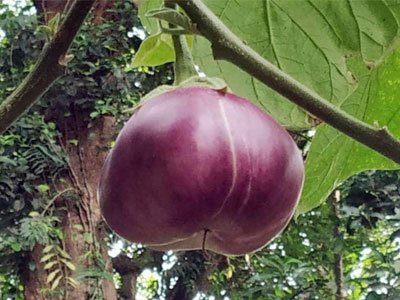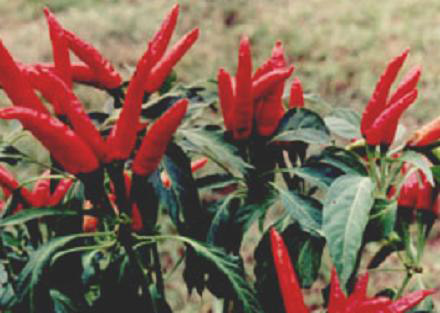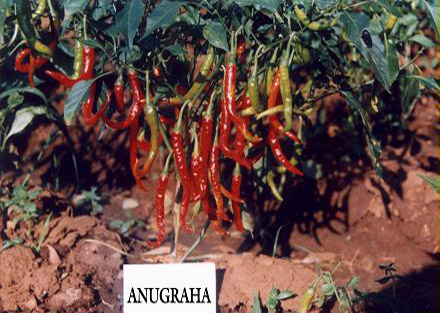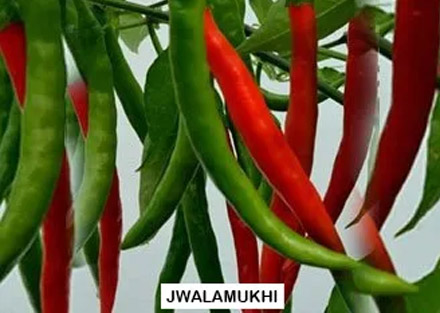The Sweet Journey of My First Macaron.
Welcome to a world for my food story .where every bite tells a tale. From cherished family recipes and culinary journey adventures to the hidden food story behind your preferred dishes, we discover how food connects us all.Through vibrant storytelling, cute photographs, and recipes infused with that means, I invite you to sign up for me on a journey to find out the coronary heart and soul of every meal. Whether it’s a bowl of soup that reminds you of home or the colourful spices of a far off land, this is in which flavors come alive with stories well worth sharing.
Let’s savor the journey, one delicious tale at a time!
Food Story 1
Air Fryer Sweet Potato Fries
These Air Fryer Sweet Potato Fries may just change your 5 PM snack game for good. Super crispy, tasty and incredibly quick – these take under 20 minutes!
Just 4 ingredients to make these Air Fryer Sweet Potato Fries:
Sweet potatoes – Even though you can use both white and orange sweet potatoes, orange ones work better because the white ones are drier.
Arrowroot powder – I use arrowroot powder on account that I’m allergic to corn, but you could without problems swap cornstarch in case you’re capable.
Oil – I love using olive oil, but just about any oil with a high smoke point (like avocado, sesame, canola or peanut) will help better retain those nutrients.
Extra virgin olive oil – To maintain these homemade fries light on oil, I use simply slightly sufficient (under a tablespoon!) to keep the insides wet and flip the fries an excellent golden brown. Compared to conventional fries, which get submerged in oil, that is a big development.
Black pepper – A tiny pinch of black pepper is going a long way on those fries. Start conservatively with spice, remembering you may constantly upload more as soon as you’ve got taste examined!
Paprika – Using everyday paprika (now not smoked) gives a wonderfully diffused chew to each candy potato fry. It’s just right!
Salt – This is simply to taste, and it receives delivered on the very stop. I use a generous quantity of salt to perfectly balance the herbal sweetness of the candy potato.
How Make these Air Fryer Sweet Potato Fries
These tasty sweet potato fries do require a chunk little bit of prep,however they’re however a lot simpler than the conventional deep frying technique for french fries.
1. Prepare the Sweet Potato:
Cut off each give up of a peeled sweet potato and slice it into lengthy, ¼ inch thick spears which might be as frivolously sized as feasible.
I recommend “squaring off” the pointy tips so you don’t get burnt tips.
2. Ice, Ice Baby:
Fill a huge blending bowl with cold water and handfuls of ice cubes. Add the raw sweet potato fries, stir, and permit them to soak for 30 minutes.
3.Ice, Ice Baby:
Fill a huge blending bowl with cold water and handfuls of ice cubes. Add the raw sweet potato fries, stir, and permit them to soak for 30 minutes.
I attempt to get them as close to absolutely dry as viable! If you’ve got time to permit them to take a seat out and air dry that is pleasant.
4.Season:
In a large bowl, toss the dry spears with arrowroot starch, pepper and paprika. At this point you can add any other seasonings (how delicious would my homemade taco seasoning be?!), but just don’t add salt quite yet. Toss well with two spoons (or clean hands) to evenly coat. Add a splash of oil and toss them again.
5.Cook the Fries:
Divide the organized sweet potato spears in 1/2 and location the primary batch in your air fryer basket. I do small batches so they may be lightly spaced in an unmarried layer and don’t overlap. Cook them for 12 minutes, flipping halfway thru. They’re performed once the majority are flawlessly golden brown. Repeat with the second batch. Keep in thoughts that the preparation dinner time may take longer with thicker fries (and shorter with thinner ones).
6.Salt & Wait:
Place the cooked fries on a cord cooling rack. Keep them spaced in order that they do not create pockets of air that can purposely steaming. Wait five mins, salt, and wait every other 5 mins. Waiting the whole time permits them to crisp up even more. I promise your endurance can be rewarded. Enjoy right away!
7.Serve immediately with ketchup or your choice of dip
Food Story 2
Nadan Chicken Curry (Village Style Kerala Chicken Curry)
This Nadan Chicken Curry is an easy yet special chicken curry from the state of Kerala! It’s got robust, rustic flavors of pepper, fennel, coconut, chillies, and curry leaves. Serve with roti, malabar parotta, rice, or pulao – it goes perfect with everything!
The main taste for this curry comes from the precise Kerala masala paste we make through roasting and grinding complete spices. It’s got the wonderful taste of fennel and also you’ll get bits of complete coconut slices in each chunk – making this hen curry simply scrumptious!
The secret to making the perfect Kerala Style Chicken Curry is to be beneficent with the spices – we add a few at every level of the recipe – from the floor masala to the curry to the tempering.
Once you try out this Kerala Chicken Curry recipe, there’s no going back! You’ll be a fan much like meee
Ingredients Overview
To make the ground masala, we combine fennel seeds, peppercorns, cloves, cardamom, star anise, cinnamon along with some water.
For the curry, we use curry cut chicken, bay leaves, curry leaves, green chillies, onions, shallots, ginger and garlic along with our classic Indian spices.
To finish off, we temper with coconut oil, mustard seeds, whole coconut slices, dried red chillies, shallots, and more curry leaves.
How To Make Nadan Chicken Curry (Step-by-Step)
- Making Spice Paste:
- Heat a pan and dry roast all the spices on low heat for 3 minutes.
- Transfer to a plate to cool.
- Add the spices to a mixer grinder with ¼ cup of water to a smooth paste. Set aside.
Making Nadan Chicken:
- Heat coconut oil in a kadhai or pan, add bay leaves & coconut slices & fry for a minute until coconut slices turn light brown. Take care not to burn them as they turn bitter if burnt.
- Add curry leaves, green chillies & sliced onions, fry for 2 minutes, add shallots and ½ teaspoon salt and fry for another 2 minutes. Add crushed ginger & garlic and continue cooking until onions turn light golden.
- Add chicken, mix well and roast on high heat for 3 minutes until chicken turns pink. Add ½ cup of hot water and cook covered for 5 minutes on medium heat.
- Take all the powders listed under curry with ½ teaspoon salt in a bowl and add ¼ cup of water to it. Mix and make a thick paste and add it to the chicken and cook covered for 10 minutes until chicken is almost cooked.
- Add ground spice paste along with ½ cup of hot water and cook covered on low for 5-8 minutes until chicken is cooked well.
Tempering:
1. Heat coconut oil, add mustard seeds, once they crackle, add rest of the ingredients for tempering and cook until the shallots turn golden brown.
2. Add tempering to the chicken gravy and serve.
Food Story 3
Ragi Idiyappam
Trying to cut down on carbs but love food? This Ragi Idiyappam is your delicious, perfect fix.
Idiyappam, a South Indian breakfast staple, is historically made with rice flour and is full of carbs. This Ragi Idiyappam, but, gives a healthier, gluten-loose, and low-carb alternative without compromising on taste or texture.
Making idiyappams with ragi can once in a while reason them to show out gummy. But with my clean trick of dry roasting ragi flour, you can acquire mild, non-gummy idiyappams which might be every delicious and easy to prepare.
This bendy dish pairs splendidly with quite some sides, from the rich flavors of Mangalorean Prawn Curry to the comforting simplicity of coconut chutney, veg stew, or a hearty meaty curry. It’s the proper way to begin your day on a nutritious look at!
Ragi Idiyappam Ingredients Overview
This Ragi Idiyappam recipe is enormously simple, requiring just four basic elements. Ragi flour takes the spotlight, supplying a rich supply of fiber, calcium, and iron whilst forming the base of the dish. Water, boiled with a hint of salt and oil, facilitates create a moist and pliable dough that’s clean to work with. Grease the dough with a little greater cooking oil to make sure the idiyappams don’t stick for the duration of pressing and steaming.
Richa’s Top Tips
Roast the Ragi Flour: This step ensures the idiyappams stay soft and avoid becoming gummy.
Don’t Over-crowd the Steamer: Steam in batches to prevent the idiyappams from sticking collectively.
Sprinkle Water Before Steaming: This prevents the idiyappams from drying out throughout the steaming process.
That’s my Food Story………..
More details https://achivemygoal.in/

